Freeze-dried Food on the Trail
Food
Talking about hiking food can get you into a lot of trouble. Its not quite in the same category as talking politics over Christmas lunch but it sometimes comes close. Everyone has their food preference and ours is freeze-dried food. In this article we’re going to discuss why that is.
First, what is it?
In basic terms, freeze-drying prolongs the life of food by removing moisture through a quick-freezing process followed by a strong vacuum process. This turns the water into vapour but allows the food to be easily rehydrated. It is an advanced process and as such is more costly than other types of food preservation such as dehydrating.
Lowering the moisture content of food inhibits microorganism growth – lower moisture levels mean the growth of microorganisms is reduced which in turn means slower food spoilage.
Freeze-dried food shouldn’t be confused with other food options:
- Fresh food which is, well just that, fresh. This is uncooked or cooked food of the kind you would normally consume. That means it has the same moisture content and therefore looks as you would expect and comes in the form of fruit and vegies, meat, bread, grains etc. fresh food is heavier and bulkier, and spoils quickly because of the moisture content.
- Dehydrated food which is a it sounds, dehydrated. Water from food is removed by drying using a heat source such as the sun (i.e. radiant energy) or heated air (e.g. by electrical energy). As an example, home dehydrators dehydrate food by blowing heated air over the food.Sometimes sulphite is added to commercial food to aid the drying process – this is causing problems for a growing number of people who have sulphite allergies.Vitamins and minerals are adversely impacted by dehydrating with the biggest impact being on niacin, thiamine, riboflavin, and vitamins A and C. This is unlikely to be an issue for short hikes but will impact you on longer hikes or if you already have a vitamin and/or mineral deficiency.
Benefits of freeze-dried food
- Lasts a very long time – suggestions of up to 25 years if canned or around three to seven years if in sealed packs
- Contains over 95% of the original nutrients of fresh food. Dehydrated food has around 60% of the original nutrients
- Super lightweight – weighs 70-90% less than fresh food
- Lots of variety of taste and balance in nutrients
- Easy to prepare – just add hot or cold water as required for five-ten minutes as opposed to around 15-20 minutes for dehydrated food
- Pre-packaged and ready to go.
Disadvantages of freeze-dried food
- Cost – freeze-drying is an expensive process, and this is reflected in the price. The average price, depending on brand, per single meal is $12 or $18 for a double meal
- Can sometimes be a bit bland because freeze-dried meals are prepared for the ‘average’ palette – it has nothing to do with the process. You can always add extra spice!
- Even if you select your favourites, on a long hike, the meals can become a bit monotonous. But then again, anything you eat frequently can become monotonous!
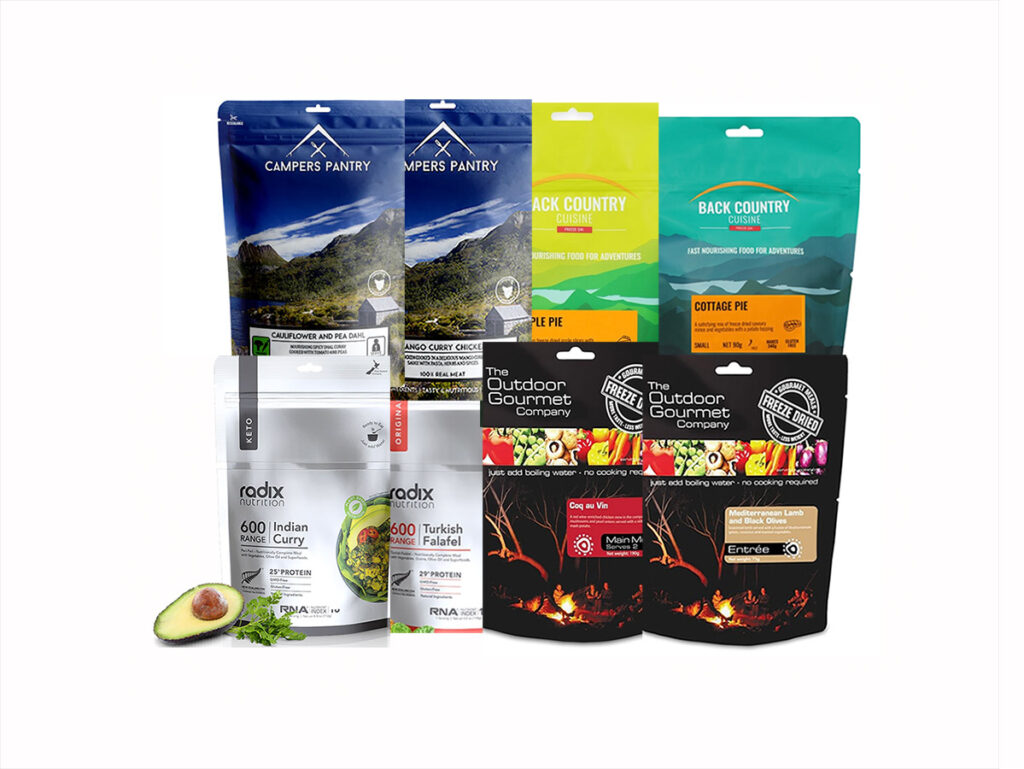
So much choice!
Dehydrate your own?
If you are into that, then absolutely. The upsides are you can tailor to your tastes and preferences. The down sides are preparation and drying time. We have a quality home dehydrator and it takes a considerable time to dry fruits and homemade dips. That adds up to a lot of electricity!
Nutrient and calorie loss is also something to consider. Not such an issue for you over a few days but could be a challenge on a long hike. Even with the high nutrient content and calories of the freeze-dried meals, a nutritionist advised Tim to take a multi-vitamin and calorie supplement during his hike of the Bibbulmun Track in 2018.
Most commonly people will dehydrate a discrete food source such as pieces of fruit or slices of meat. It is possible to dehydrate an entire meal but that is well beyond our expertise, inclination and available time!
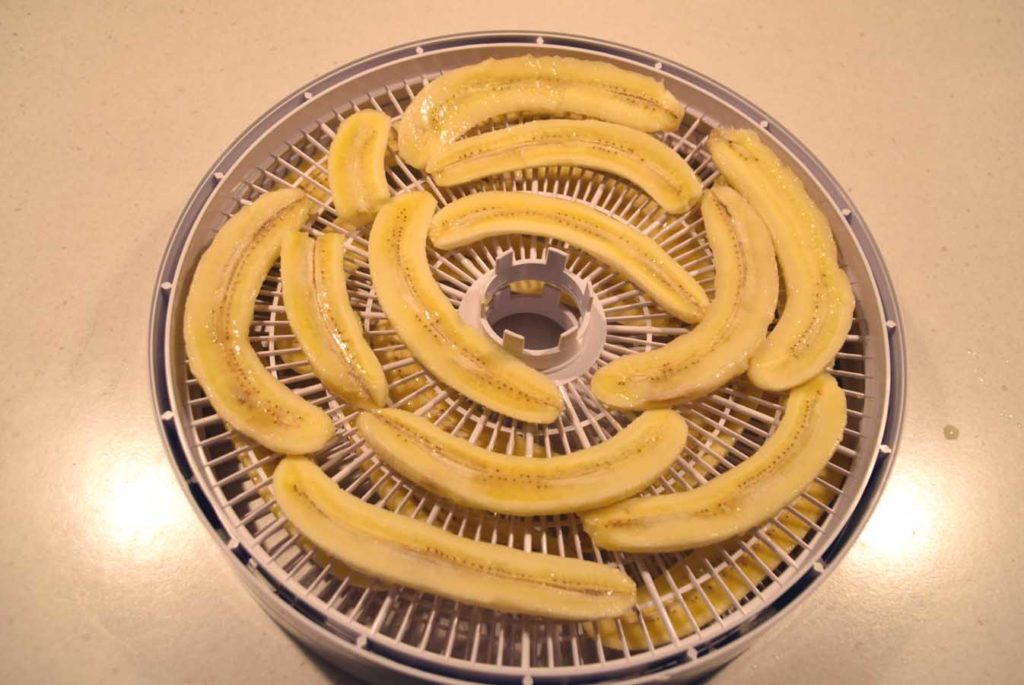
Honeyed Banana placed on the rack ready to dehydrate
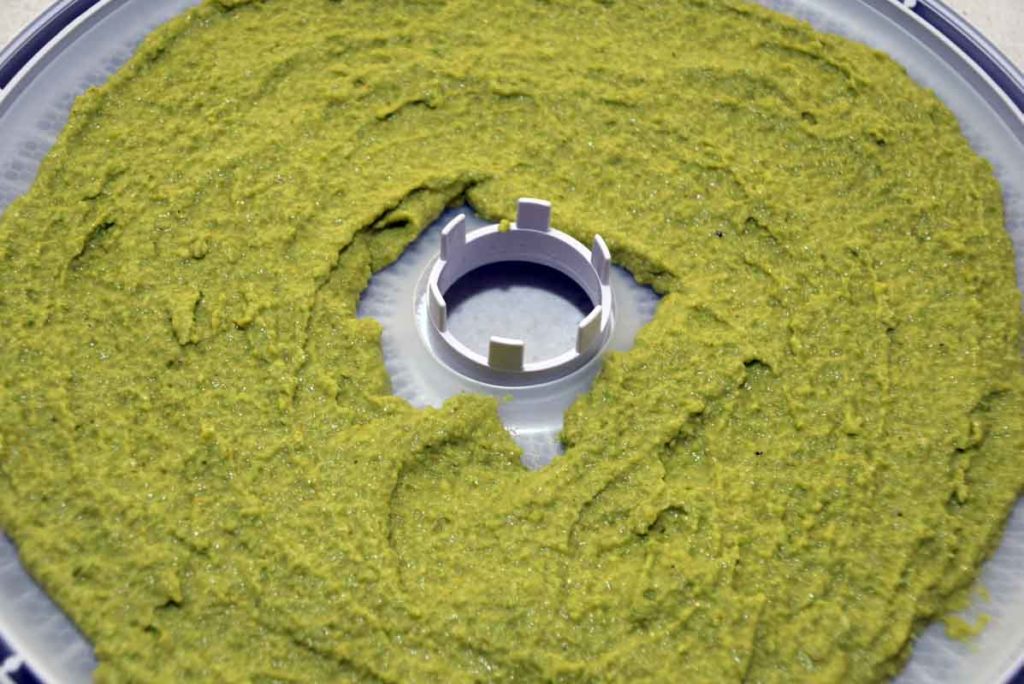
Broad Bean Dip spread on a dehydration tray ready to dry. without a doubt this is a spectacular dip. I’m just lazy and prefer to used frozen Broad beans to make this dip

Dehydrated fruit and oats. Moisture had managed to enter the ziplock bag and the Freeze-dried fruit has absorbed moisture. Once you open up a commercial /vacuam sealed food bag then the life span is much shorter
Carry fresh food?
While heavier, fresh is always best and nicer. It just depends on the length of your trip and the resupply options. We generally have a combination of fresh and freeze-dried food on short trips or at the resupply points of a long trip. If we’re skirting around towns we always take the opportunity to refuel with a fresh meal.
Cooking on the trail?
Some people love cooking on the trail. Even at home we make very basic meals with the exception of when we have visitors and even then, we prefer to eat out. So, on the trail we stick to boiling up water. We aren’t going to be cooking up a storm on the trail – its just not our thing! But if cooking is your thing, go for it but just ensure you’re getting the range of nutrients you need.
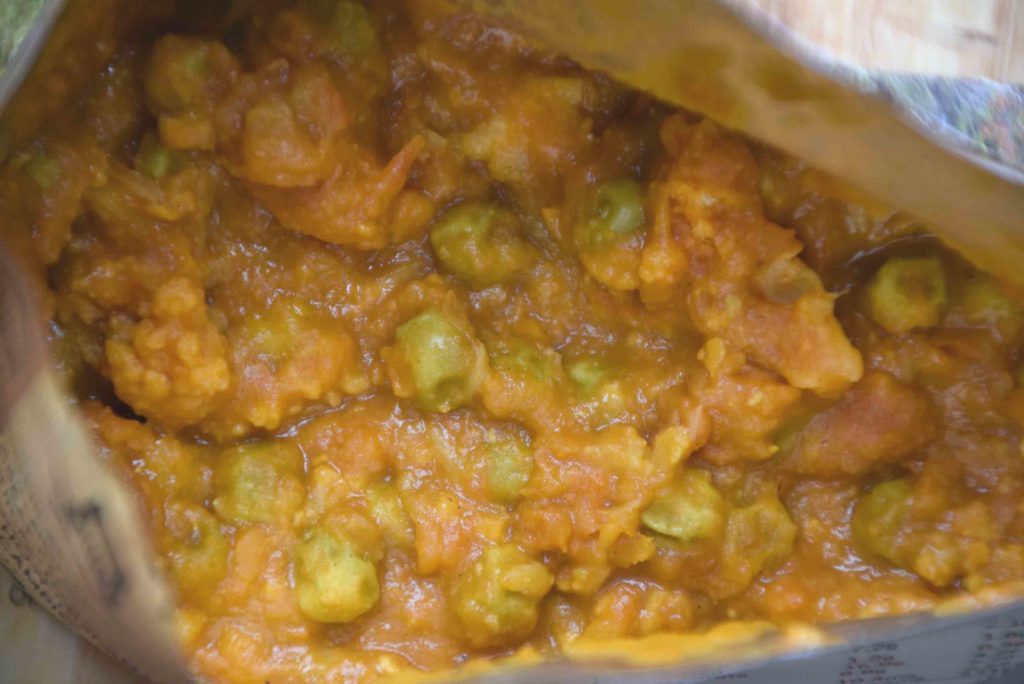
Campers Pantry Cauliflower and Pea Dahl ready to eat
Last Words
Most people who have never asked a nutritionist to review their diet would say they have a well-balanced diet. That may be the case and your diet may be OK for your normal day-to-day activities. However hiking is a strenuous activity which needs to be supported by good nutrition. This is why we are big fans of freeze-dried food – we can get the nutrition we need in a very convenient and lightweight way.
What's Available
The following links are are our top 10 and top 5 meal list. Everyones tastes are different but these reviews may help to decide what you may like.
Top 10 Freeze Dried meals as decided by Australian Hiker
Top 10 Freeze Dried single serve meals as decided by Australian Hiker
Top 5 Campers Pantry Meals as decided by Australian Hiker
Top 5 Back Country Meals as decided by Australian Hiker
Top 5 Outdoor Gourmet Meals as decided by Australian Hiker
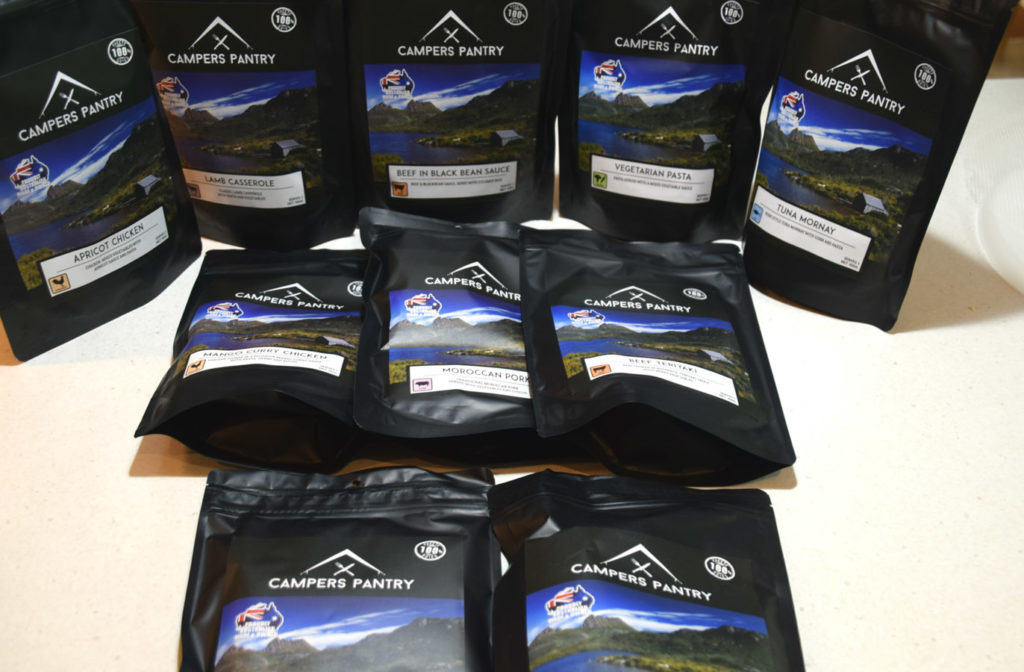
Campers Pantry top 5